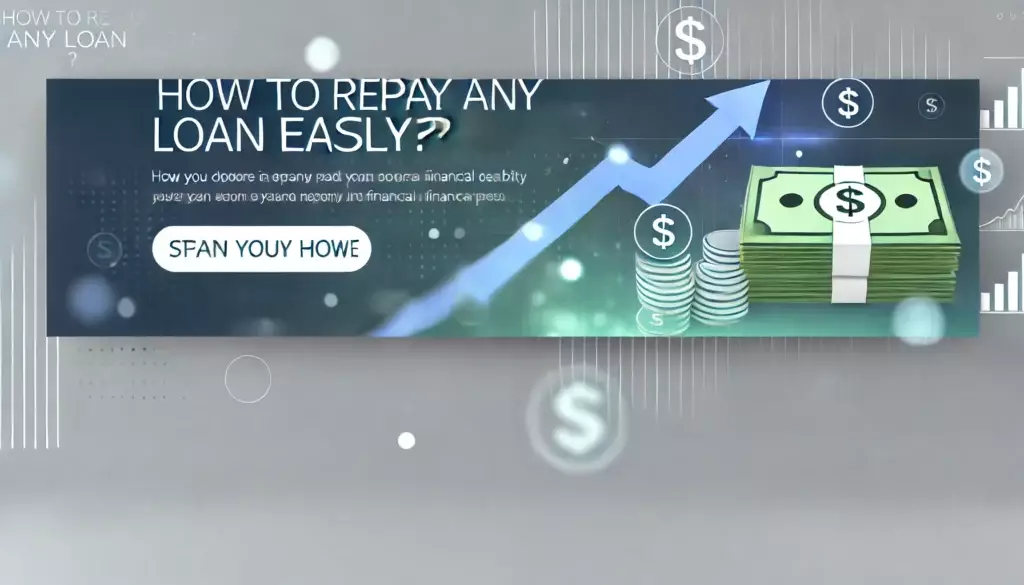When billionaire Michael Bloomberg announced he was running for president in November 2019, he said his reasons were to defeat Donald Trump and rebuild America. “I took a look and I thought the people who are running didn’t have ideas that were practical, we couldn’t afford them and Congress wouldn’t pass them, and I didn’t think they could beat Donald Trump. I think the most important thing is to change who is living in the White House because, as I said back in Philadelphia in 2016, (he’s) not the right guy for the job,” he said during a talk show interview. According to the Guardian, Trump is by far the most common topic in his advertising blitz.
Since defeating Trump is his primary focus, the former New York City mayor believes choosing the current frontrunner Bernie Sanders as the Democratic candidate would be a “fatal error” since he “appeals to a small base.” He has called the progressive movement “scary” in the past, and his campaign positions him as a rational and experienced politician, businessman and philanthropist in a clash with ideologues whom Republicans and Independents won’t take to.
His message, however, is still one of economic populism. “Too much wealth is in too few hands, and too few places as well. We have an economic inequality that’s distributed unfairly across this country,” he said in a speech that may have surprised many. The 77-year-old, who has an estimated net worth of $56 billion, has also shown money is no object in this fight, and says his vast fortune means he won’t be owned by special interests.
Here is his agenda:
Wall Street Reforms
Bloomberg, whose financial data and media company caters to Wall Street, has a 9-page plan for financial reform. He wants to rein in the industry by strengthening the safeguards put in place after the financial crisis, like the Volcker Ruleand ensuring authorities have enough data to keep an eye on the markets.
When it comes to banks, he wants to introduce new capital requirements, tougher stress tests and annual living wills. If elected, he says he would increase funding for the Financial Stability Oversight Council, the Office of Financial Research and reinvigorate the Consumer Financial Protection Bureau.
The following are some of the other steps he plans to take:
- Introduce a 0.1% financial transactions tax
- Restore the CFPB’s payday-lending rule and mandatory arbitration rule.
- Create a Consolidated Audit Trail to record all transactions in financial markets and make them available for immediate analysis
- Make credit-rating firms more accountable by imposing sanctions when predictions are proven dramatically incorrect
- Merge Fannie and Freddie into a single, fully government-owned mortgage guarantor
- Relax mortgage rules for community banks
- Increase regulations for credit-reporting companies and debt collectors to protect regular Americans
- Limit overdraft fees
Student Debt
Americans are currently saddled with over $1.7 trillion in student debt. Bloomberg has a $700 million plan to make higher education more affordable and useful in a labor market facing shortages. He wants to make community college free for all Americans and double the size of Pell grants to $12,690. For the lowest-income students, community college and four-year public colleges would be tuition- and debt-free.
His plan also aims to make it easier for students to repay loans. It includes automatically enrolling new undergrad borrowers in income-based repayment plans, capping undergrad student debt payments at 5% of disposable income instead of 10%, and forgiving undergrad loans up to $57,000 tax-free after 20 years. Unpaid loans of borrowers who attended failed for-profit colleges would be canceled. He also wants to relieve low and middle-income borrowers of collection fees, and ban wage and Social Security garnishment and confiscation of tax refunds for defaulted borrowers.
According to his campaign, his plan will help 70% of Americans complete a post-secondary degree or credential by 2030.
US Household Debt
Taxes
Bloomberg may see himself as a more appealing candidate to Republicans than his rivals, but he also wants to raise taxes on the rich, investors and corporations to generate as much as $5 trillion over a decade.
As president he would restore the highest marginal tax rate back to 39.6% from 37%. He also wants to place a 5% surtax on incomes above $5 million a year, eliminate loopholes like the pass-through 20% deduction and like-kind exchanges, and tax capital gains at the same rate as ordinary income for taxpayers above $1 million.
Bloomberg would reform Earned Income Tax Credit by making it more generous, changing the payment schedule to monthly from annual, expanding it to cover family caregiving and other forms of unpaid or ineligible employment and simplifying the rules. Child Tax Credit would also be raised and made fully refundable.
He wants to raise the corporate tax rate from 21% to 28% (Trump lowered it from 35%) and curb tax dodging by increasing the minimum tax on foreign income, pressurizing tax haven governments and tightening rules on transfer pricing. Businesses would be provided with a placed-based Earned Income Tax Credit to locate and employ people in distressed communities.
As mentioned above, he wants to introduce a 0.1% financial transactions tax. His website says the tax would be phased in gradually, starting at 0.02%.
US Corporate Taxes as a Percentage of Total Tax Revenue
Social Security
Bloomberg says he wants to strengthen Social Security’s long-term finances and enhance benefits. “When he was running for office, Donald Trump promised not to touch Social Security, and yet as president he’s proposed cuts, just as he’s broken so many other promises – including his promise to guarantee health care protections for those with pre-existing conditions, which he is trying to abolish,” he said in a statement. “When I’m in the White House, I will keep my word to seniors and to the American people.”
He wants to introduce a new minimum benefit to prevent low-income seniors from falling into poverty and raise benefits in line with a measure of inflation. He also wants to create a new government-backed savings plans to help more Americans prepare for retirement.
Jobs and Workers’ Rights
Bloomberg wants to create more jobs in America’s heartland since he sees growth as having been concentrated in a few cities. As president he says he would launch a major public R&D program to create as many as 30 new growth hubs, invest in rural broadband access and invest in apprentice programs with the goal of boosting apprenticeship starts to 1 million a year by 2030.
He would also raise the federal minimum wage to $15 an hour by 2025 and have it grow automatically with median earnings, restore the overtime rule and require employers to provide employees 12 weeks of paid family leave and seven days of paid sick leave. He has promised workers, including those participating in the gig economy and undocumented, additional protections.
Health Care
Bloomberg wants to create “a Medicare-like public option” administered by the federal government but paid for by customer premiums to compete with private plans. He praised the Affordable Care Act and wants to build on it by boosting subsidies and capping premiums at 8.% of household income, but would not reinstate Obamacare’s individual mandate.
He also wants to lower heath care costs by capping drug prices at 120% of the average in other advanced nations, capping Medicare Part D beneficiaries’ annual out-of-pocket costs at $2,000 and capping out-of-network charges at 200% of Medicare rates.
Campaign officials said his plan would cost $1.5 trillion over 10 years.
Infrastructure and Climate Change
Bloomberg has vowed to spend over $1 trillion on infrastructure. This includes devoting $850 billion over 10 years to capital projects like roads, bridges and dams, $36 billion over five years to public transit systems and $100 billion over 10 years to providing clean drinking water to all Americans.
Like other democrats, he would immediately rejoin the Paris climate agreement upon being elected. He also has a plan to have 80% of electricity nationwide come from clean sources by 2028. It involves strengthening pollution standards for the coal and gas plants, increasing federal investment in clean energy R&D to at least $25 billion a year, expanding tax incentives for clean energy and ending fossil fuel subsidies. He would also invest in upgrading homes and buildings and installing electric vehicle charging stations every 50 miles on highways.



